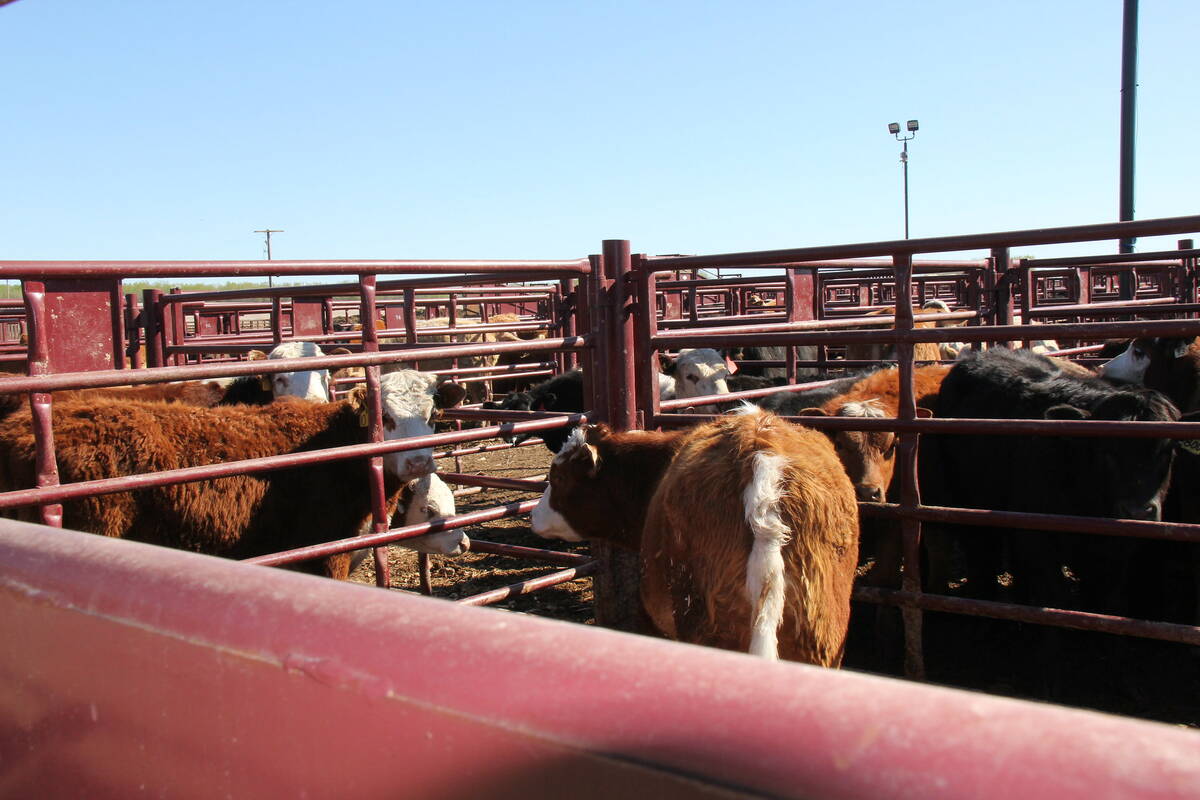American borders remain closed to live Canadian cattle and producers face an uncertain fall as steers and heifers reach market weight.
Statistics Canada reported nearly five million calves were on the ground as of Jan. 1 as producers postponed sales hoping for the border to reopen.
“A lot of the calves under one year are still out there,” said Alberta Agriculture beef specialist Neil Blue.
Some producers retained ownership of their feeder cattle in custom finishing or backgrounding lots. Others are still on the original farms.
Read Also

Livestock movement scanner looks for proving ground
The Canadian Cattle Identification Agency (CCIA) will test new technology intended to simplify the recording of animal movements, linked to proposed federal livestock traceability regulations.
“These cattle aren’t necessarily backed up yet although it appears from recent price losses in the fed sector that feedlots aren’t in a good bargaining position,” he said.
That means more must go on grass this summer. There could be more heavyweight cattle by the end of August and some may be discounted if they are judged older than 30 months.
“There is a concern the older they get, the more chance there is of some of those cattle falling into the over 30 month category even though they may be under 30 months in actual age,” he said.
Careful forage planning is necessary this summer because a mild winter and dry spring left pastures and hayfields undernourished.
Recent rains have helped, but many farmers decided to plant annuals with the intention of grazing cattle or cutting them for greenfeed to stretch feed supplies.
Individual decisions rule this year. Producers are being advised to gather market intelligence and work with lenders to see what level of risk and refinancing is possible.
Traditional price protection alternatives, such as feeder cattle contracts, are scarce and the connection to the U.S. cattle market is weak. Even more than in a normal market, the price is outside sellers’ control. Buyers are reluctant to provide on-farm price guarantees, and producers can only react to yesterday’s prices with little confidence in what tomorrow will bring.
Market moods have shifted as rumours drive down demand and prices. A case of BSE in Washington state in December drove down prices and when a recent court injunction slowed the American rule-making progress, markets rippled.
Blue advises measuring market psychology when it is time to sell. There can be significant price differences for certain types of cattle at different locations.
It is also important to package cattle better in this kind of market atmosphere, he said.
If a group of cattle are consistent in weight and appearance, they often fetch a premium. But if cattle are wide ranging in weight or type, producers may be better off to sub-group them or sell them in presort sales. He said selling single animals should be avoided.
Internet and satellite sales allow sellers to test the market and if prices are too low, bids can be passed.
Cattle do not have to leave the farm until a sale is made, so there is less shrinkage in weight and stress in transport.















